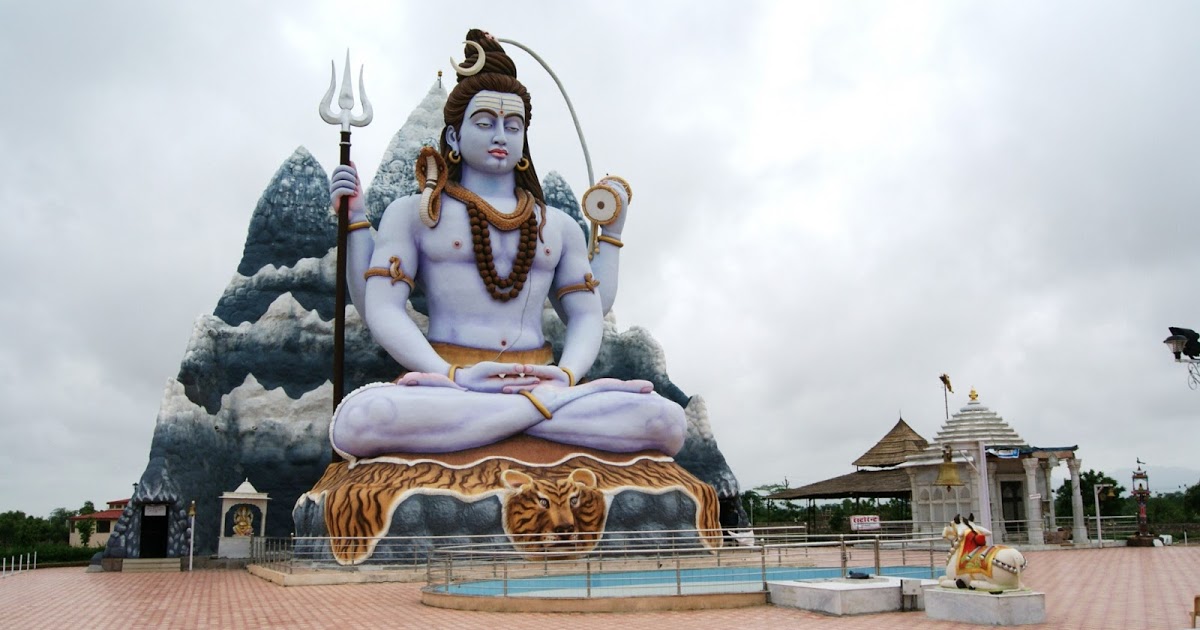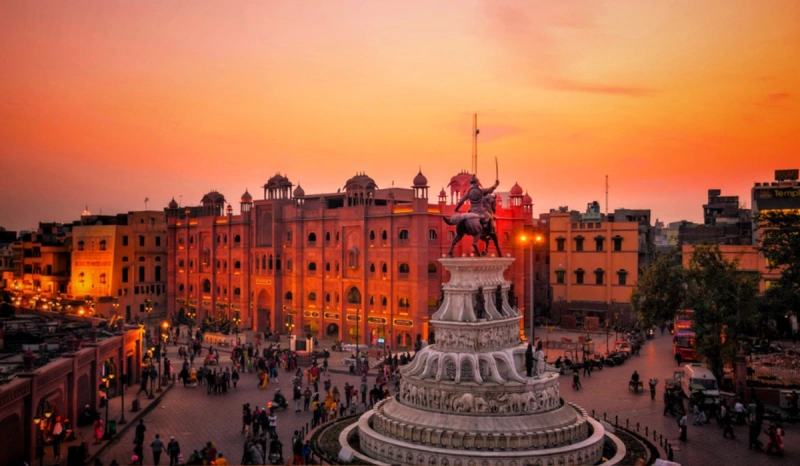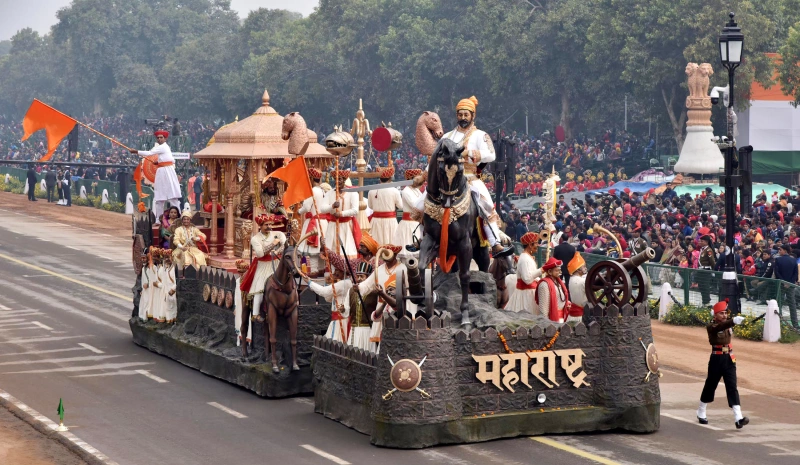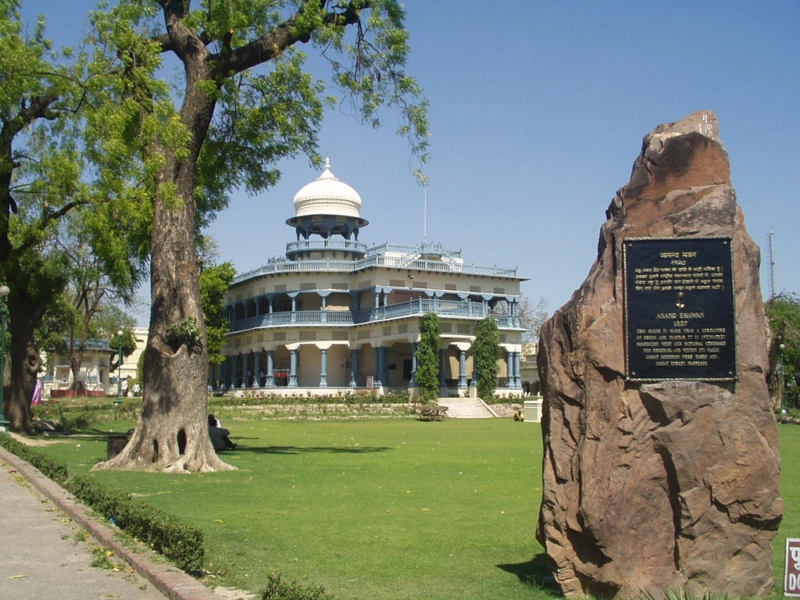
Anand Bhawan Museum: Where History Resides Amidst Elegance
Anand Bhawan Museum stands quietly behind a thick curtain of Ashoka trees, tucked away from the bustling Church Road in Prayagraj, once known as Allahabad. A century ago, this very road was a serene, tree-lined path that led to the mansion. Despite the changes that have swept through the city, Anand Bhawan Museum still stands tall and graceful, its original charm intact. To delve deeper into its history, I reached out to Nilesh Narayan, the founder of a local travel company.
Read More: Discovering the Spiritual Serenity of Guruvayur Temple: A Comprehensive Guide
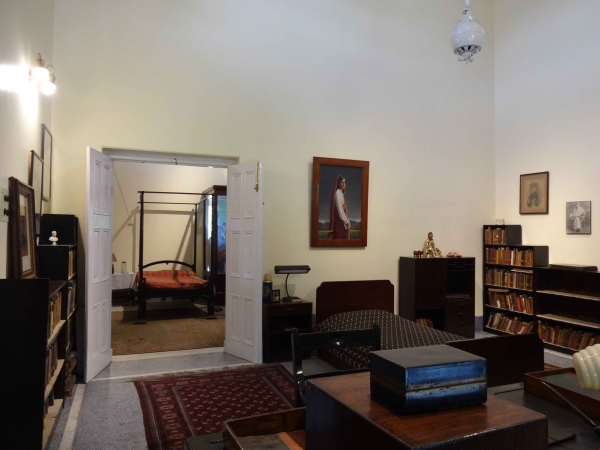
In 1970, Indira Gandhi gifted Anand Bhawan to the Jawaharlal Nehru Memorial Fund, transforming it into a memorial museum. The complex also houses the Jawahar Planetarium. Conservation architect Abha Narain Lambah meticulously oversaw the restoration of these two historical family homes between 2012 and 2017.
Anand Bhawan Museum architectural style is a blend that's hard to pinpoint. It features a large chhatri (dome) and jaalis (intricate lattice work) across the mansion, reminiscent of Indian revivalism. Yet, long terrazzo verandahs embracing spacious rooms, high ceilings held up by tall columns, and expansive windows echo colonial Indian architecture. The luxurious interiors, adorned with teak and mahogany, reflect Motilal's exquisite taste and prosperity. A letter from Motilal to his daughter-in-law Kamala Nehru in 1927 expresses his satisfaction with the outcome, as he joyfully notes the crowds of people, Indians and Europeans alike, who visit and photograph the house.
Strolling through the house, one can catch glimpses of its illustrious past. The library on the first floor, adorned with hundreds of books, once served as the hub for many intellectual discussions by the INC. The ground floor dining room, furnished with Art Deco chairs and adorned with family portraits, has been so well-preserved that it could easily host an impromptu dinner party. The drawing room, my personal favorite, exudes elegance in its simplicity. The ornate floors, boasting mosaic patterns in red, blue, and white, beckon you to balconies and parapets, while the cascading stairways connect the two floors gracefully.
Read More: Celebrating the Vibrant Spirit: Top 10 Festivals of Assam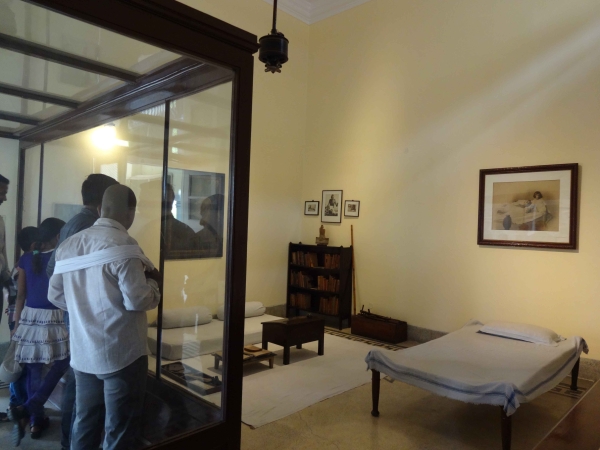
It's the private chambers with subtle details that truly bring out the characters and human side of their inhabitants. Indira Gandhi's room, with a single bed, a desk, and an array of books, reflects her love for reading. Jawaharlal Nehru's study, lined with bookcases, adorned with family portraits, and dominated by a grand study table, hints at his hours spent writing, when not in jail or traveling across the country. His bedroom, adorned with a lone portrait of Kamla Nehru, speaks of the solitude of a man who lost his young wife early in life. However, it's Mahatma Gandhi's room that best captures Anand Bhawan Museum identity as both the luxurious home of an affluent family and a significant site in India's freedom movement. This room, free of opulent carpets or intricate furnishings, houses only a few of his belongings: a floor bed, a floor desk, a charkha (spinning wheel), and some books.
Read More: From Locho to Ghari: A Guide to Surat Famous Food







